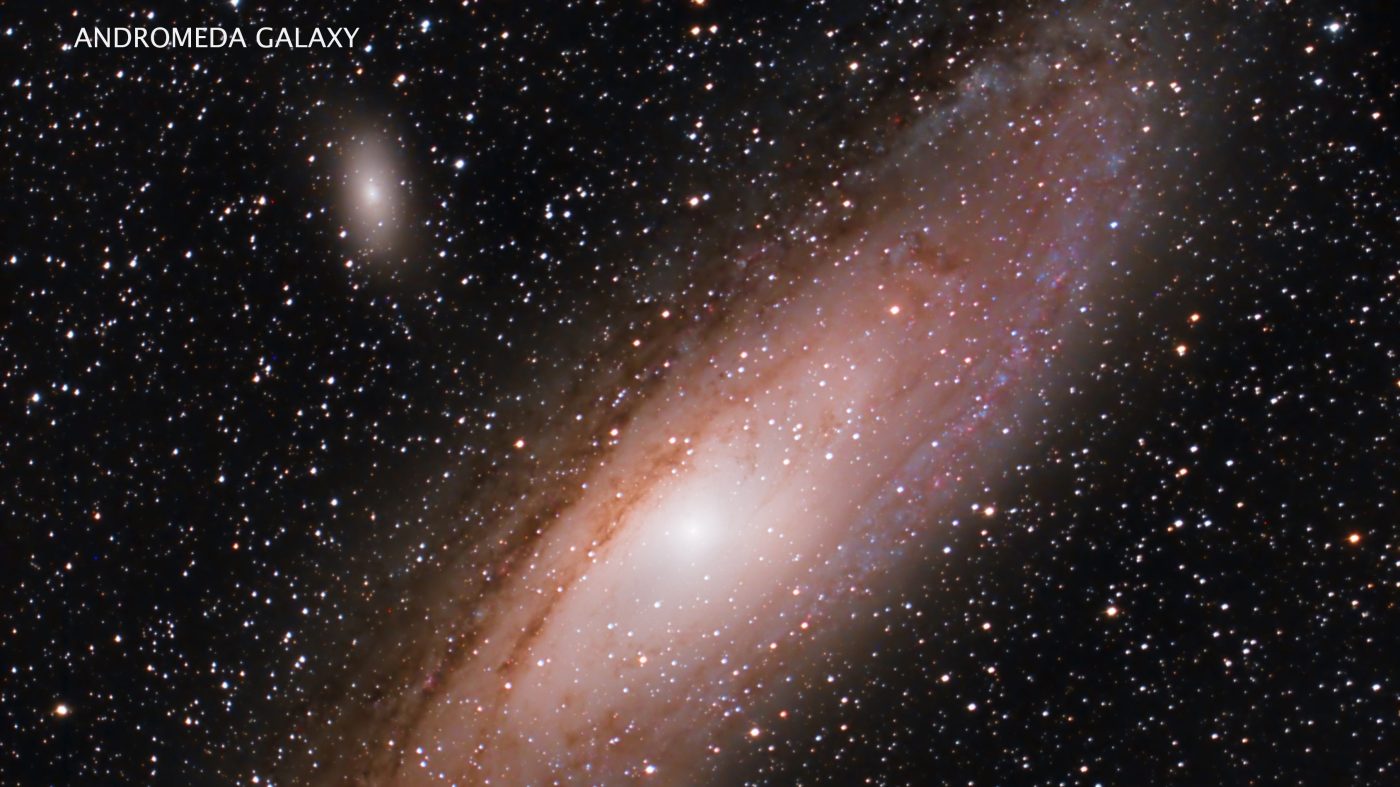
Skywatch: A great mix of summer and autumn stars, with possibly a bright comet
This year’s October skies are a treasure trove for stargazers, and the crown jewel may be a bright comet, possibly even bright enough to be seen with the naked eye!
Comet Tsuchinshan-Atlas, discovered in January of last year, is passing close by our part of the solar system this month. Since it’s also close to the sun, there’s still a chance that this melting, dirty snowball of ice, rock and gas could break up, but that’s now unlikely. I don’t think that’ll live up to the hype you may have seen about being “the comet of the century.” Still, its forecasts have improved for how bright it could be, although there are no guarantees, especially with newly discovered comets like Tsuchinshan-Atlas. No matter how bright or faint it ends up being, the best show will be in the darker skies of the countryside.
In the first few days of October, look for the comet in the very low southeastern sky, just above the horizon, during the latter stages of early morning twilight. Chances are, though, it’ll be washed out in the brightening sky.
From about Oct. 14 through the rest of the month, Comet Tsuchinshan-ATLAS will be available in the early evening sky. Around the 14th, start looking for it about an hour after sunset in the very low western sky. Spotting it’ll be challenging because of the lingering twilight. It’ll resemble a “fuzzy star.” If it’s bright enough, you’ll see its tail pointing upward and a little to the left. As October continues, Tsuchinshan-ATLAS begins the evening progressively higher and higher in the southwestern sky, but unfortunately, it will also get fainter and fainter. Look for it as soon as you can after evening twilight ends because it’ll be setting in the west within an hour or so. Again, let’s hope Comet Tsuchinshan-Atlas lives up to expectations. I’ll have more on our celestial visitor in upcoming Skywatch columns.
(Mike Lynch)
Great summer constellations are still available in the Western heavens. The first star that pops out in the early evening is Arcturus. You can’t miss it in the lower western sky with its distinct orange-red color. Arcturus is the brightest star in the constellation Bootes the Herdsman, which looks much more like a giant kite with Arcturus marking the tail.
Higher up in the western sky, among others, are Lyra the Harp with the bright star Vega, Cygnus the Swan, and Aquila the Eagle. Another summer constellation holdout is Sagittarius the Archer, in the low southwest sky, easily resembling a teapot pouring its heavenly brew on the southwest horizon. If you’re stargazing away from light-polluted skies, you’ll see a ghostly ribbon of light arching across the sky from the teapot up and over the northeast horizon, more or less cutting the sky in half. That’s the Milky Way band, the thickest part of our home galaxy. The center of our Milky Way galaxy is in that direction, just above the teapot.
Over in the eastern skies, autumn constellations are really on the rise, including the grand constellation Pegasus, the winged horse, Andromeda the Princess, home of the famous Andromeda Galaxy, more than 2 million light-years away, with just one light-year spanning nearly 6 trillion miles.
If you stay up late enough, check out the Pleiades star cluster in the eastern sky, resembling a tiny Big Dipper. It’s also called the “Seven Little Sisters,” the daughters of the god Atlas in Greek mythology. Most people can see at least six stars, but seeing seven is possible. Through binoculars or a telescope, you can see many more.
Planets are on their way back to the evening sky. Venus shines brightly. On Oct. 5, Venus will have a visitor. It’s the new crescent moon, just below and to the left of a planet named after the Roman goddess of love. You’ll need a clear view of the southwestern horizon to see this celestial hugging.
Saturn is the ringed wonder of our solar system in the early evening southeastern sky, well above the horizon after twilight. It’s easy to spot since it’s the brightest star-like object in that area of the sky. Saturn is excellent even through a small telescope, but there’s a problem right now. The beautiful ring system is tough to see because, from our view on Earth, we see nearly on edge, and since it’s only about 50 miles in thickness on average, that doesn’t leave much to see.
Late-night stargazers will be rewarded with the rise of Jupiter and Mars. In early October, Jupiter jumps above the eastern horizon around 10 p.m., but by Halloween, it’ll be up and running by 9 p.m. You’ll have absolutely no problem spotting Jupiter. It’s by far the brightest star-like object in that part of the sky. Even with a small telescope, you can easily observe up to four of Jupiter’s brightest moons., which appear as faint stars on either side of the great planet, as they orbit Jupiter in periods of two to seventeen days.
Mars lags behind Jupiter, climbing above the eastern horizon around midnight. It’s nowhere near as bright as Jupiter but has a distinctive orange-red glow, even with the unaided eye. Mars will get brighter and brighter this month as our Earth and Mars draw closer and closer to each other. Next January, Mars will be the closest it’s been to Earth in over two years, and will be super bright in our heavens.
Mike Lynch is an amateur astronomer and retired broadcast meteorologist for WCCO Radio in Minneapolis/St. Paul. He is the author of “Stars: a Month by Month Tour of the Constellations,” published by Adventure Publications and available at bookstores and adventurepublications.net. Mike is available for private star parties. You can contact him at mikewlynch@comcast.net.
Starwatch programs
Monday, Sept. 30, 7:15 to 9:15 p.m., Hillcrest School in Bloomington. For more information call Bloomington Community Education at 952-681-6100 or visit bloomington.ce.eleyo.com.
Tuesday, Oct. 1, 7-9 p.m., Prairie Woods Environmental Center in New London-Spicer, Minn., through Willmar, New London-Spicer Community Education. Reservations required at 320 231-8490 or www.cewillmarmn.com.
Wednesday, Oct. 2, 7-9 p.m., at Casey Lake Park in North St. Paul. For more information and reservations, call 651-747-2411 or visit www.northstpaul.org/834/Parks-Recreation
Thursday, Oct. 3, 7-9:30 p.m., in Big Lake, Minn., For location, more information and reservations call 763-262-2523 or visit biglake.ce.eleyo.com.
Friday, Oct. 4, 7-9 p.m., Sauk City, Wis., through Sauk Prairie Schools. For location and reservations call 608-643-8346 or visit cc.saukprairieschools.org/apps/pages/index.jsp?uREC_ID=478607&type=d
Saturday, Oct. 5, 7-9 p.m., at the Sportsman Club near Siren, Wis., through Siren Community Ed. For more information and reservations call 715-349-7070 or visit cueclass.com
Related Articles
Skywatch: Saturn is edgy
Skywatch: Harvest moon shining bright with a power failure
Skywatch: The delightful celestial dolphin
Skywatch: Summer stars hanging in there with Saturn on the rise
Skywatch: Celestial eagle soars high in the sky


